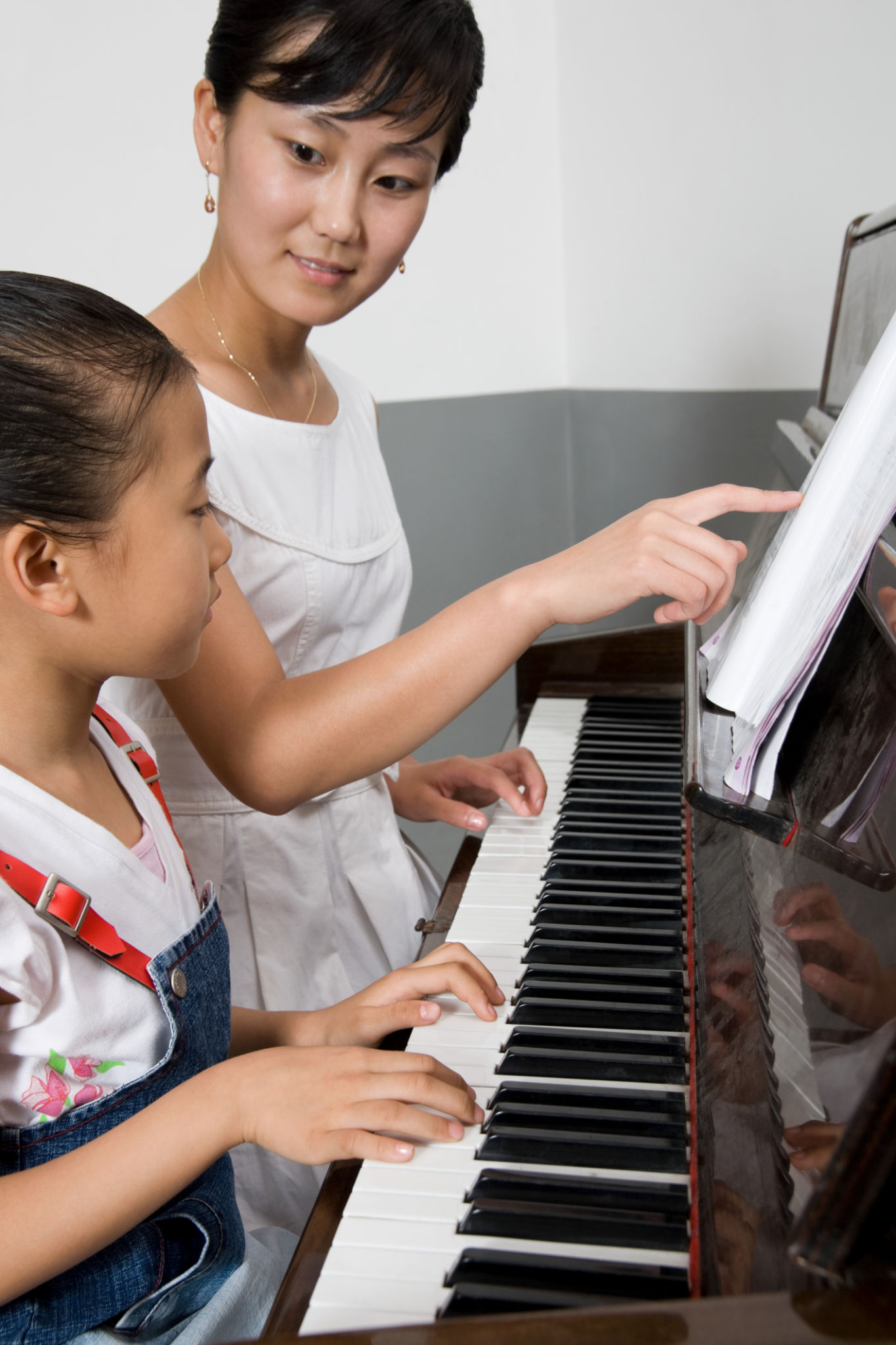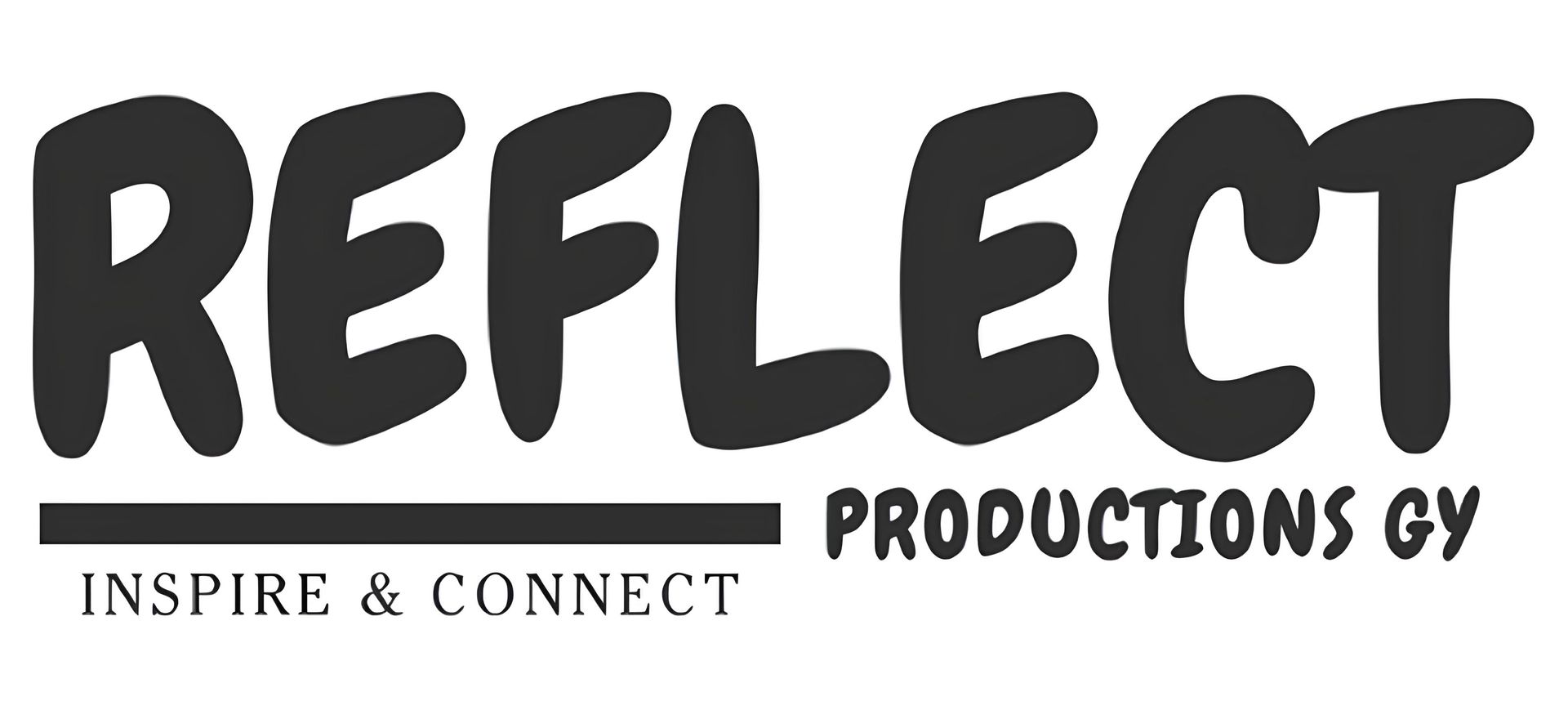The Power of Theatre-in-Education: Promoting Mental Well-being in Schools
Introduction to Theatre-in-Education
Theatre-in-Education (TIE) is an innovative approach that combines the captivating art of performance with educational objectives. It is a powerful tool in schools, providing students with both entertainment and learning opportunities. More than just a creative outlet, TIE has the potential to significantly enhance students' mental well-being.
The Role of Theatre in Mental Health
The integration of theatre into education offers more than just a break from traditional classroom activities. It serves as a medium through which students can explore emotions, develop empathy, and gain insights into their own mental health. By participating in TIE programs, students engage in self-expression and emotional exploration, which are crucial for maintaining mental well-being.

Fostering Emotional Intelligence
One of the most significant benefits of TIE is its ability to foster emotional intelligence. Students involved in theatre are encouraged to express a range of emotions, which aids in developing understanding and empathy. As they step into different characters and situations, they learn to view the world from multiple perspectives, enhancing their emotional literacy and social skills.
Through role-playing and dramatization, students are challenged to identify and articulate feelings, both their own and those of others. This introspective process helps them to better comprehend their emotional responses, leading to improved self-awareness and mental health.
Building Confidence and Resilience
Participating in theatre activities can greatly boost students' confidence. The process of preparing for a performance—learning lines, understanding character motivation, and collaborating with peers—fosters a sense of achievement and self-assurance. This newfound confidence can translate into other areas of life, providing students with resilience to face challenges.

Enhancing Social Connections
Theatre-in-Education also plays a vital role in enhancing social connections among students. Working together on a production encourages teamwork and communication, helping students build strong relationships. These social interactions are essential for mental well-being, as they create a sense of belonging and support within the school community.
Friendships formed through theatre can become a valuable support network, providing students with emotional backing during difficult times. This community spirit fosters a positive school environment where students feel valued and supported.
Practical Applications in Schools
Implementing TIE programs in schools can be done through various formats such as drama clubs, theatre workshops, and integrated classroom activities. Schools can collaborate with theatre professionals to design programs tailored to their specific educational goals and student needs.

Incorporating theatre into the curriculum not only enriches students' educational experiences but also promotes mental well-being by providing them with creative outlets and emotional support structures.
Conclusion
The power of Theatre-in-Education in promoting mental well-being cannot be overstated. By fostering emotional intelligence, building confidence, enhancing social connections, and providing practical applications, TIE offers a holistic approach to student development. Schools that embrace this dynamic method contribute positively to their students' mental health, equipping them with the tools they need to thrive both academically and personally.
